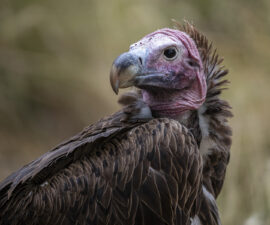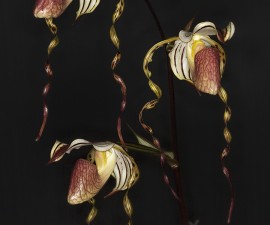BY Lindsey Korito, Maggie Reinbold and Madeline Sanchez
Lindsey Korito is a research associate for San Diego Zoo Wildlife Alliance;
Maggie Reinbold is director of community engagement for San Diego Zoo Wildlife Alliance;
Madeline Sanchez is a research associate for San Diego Zoo Wildlife Alliance.
The Native Biodiversity Corps
“Driving conservation action through science, education, and community collaborations” is the tagline we often use to describe the work of the San Diego Zoo Wildlife Alliance (SDZWA) Community Engagement team. From working alongside teachers to incorporate conservation science content into classrooms, to co-generating and co-testing solutions in support of human-wildlife coexistence, our work focuses on the people side of each conservation equation. One program that most perfectly embodies this pithy tagline is also our newest: the Native Biodiversity Corps.
At the Core of the Corps
The Native Biodiversity Corps brings together inner-city high school students from diverse cultural, ethnic, and lived-experience perspectives for immersive social learning experiences designed to enhance their inquiry and critical thinking skills. During this multi-month training program, Corps members work alongside San Diego Zoo Wildlife Alliance team mentors and other experts to design, implement, maintain, and monitor native wildlife gardens on their school campuses. These gardens represent resilient living “laboratories” that not only attract and support local wildlife, but also promote regional pride, and provide places for renewal, discovery, and cross-curricular learning for students, teachers, and community members.
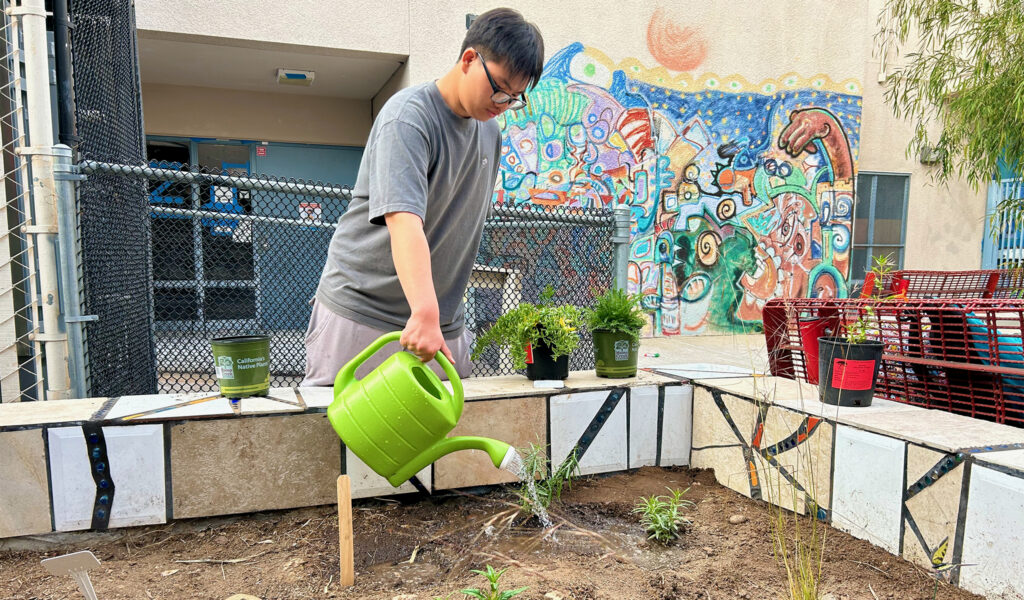
The main goal of the program is to provide Corps members with opportunities to discover and learn about native wildlife species, increase their interest in careers related to species recovery and restoration, and enhance their appreciation of their unique natural heritage and how people impact the health and composition of our local ecosystems. To achieve this, Corps members spend 10 to 20 hours per month on their school campuses surveying for appropriate sites, developing specific garden plans, putting approved garden designs into action, debuting new wildlife gardens for faculty and classmates, and co-developing plans for short term and long-term garden maintenance and sustainability.
The students also participate in several nature-based learning experiences at local wildlife conservation sites. During these visits, they build knowledge and passion for native plants and animals of the region, explore the intricacies of ecosystem dynamics, and examine the many physical, ecological, and anthropogenic elements of effective native landscape design. These visits also allow students to critically evaluate how human-driven change in our environment relates to changes in fire regimes, water usage, and ultimately loss of local biodiversity in Southern California and beyond. This kind of immersive, nature-based learning is especially important now, as species are declining at unprecedented rates right here in San Diego, which is part of the California Floristic Province, a world-renowned biodiversity hotspot.
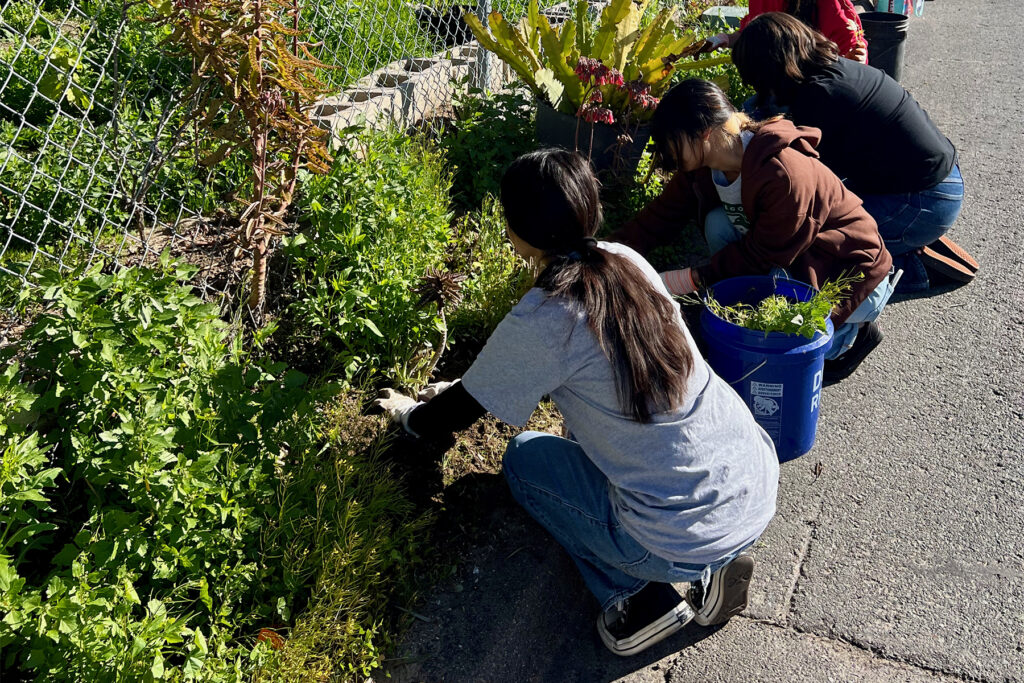
When the program debuted in Spring 2022, thanks to funding from the Level Up Program, more than 300 urban high school students registered in less than 72 hours, validating the need for this kind of hands-on, skill-building mentorship program. Roughly 100 students were accepted into the program and spent a portion of their summer exploring local conservation sites—including the San Diego Zoo and Safari Park, San Diego Natural History Museum, Living Coast Discovery Center, and San Elijo Lagoon Ecological Reserve—before applying their new skills and knowledge to the design and construction of native wildlife gardens on the campuses of Crawford, Hoover, and Lincoln high schools.
This incredible new program has helped us build connections with key community partners across our region. While Corps members primarily work alongside our Conservation Science and Wildlife Health team members, they also engage with local experts from a variety of backgrounds and institutions including the Escondido Creek Conservancy, San Diego Master Gardener Association, San Diego Botanic Garden, and City Farmers Nursery.
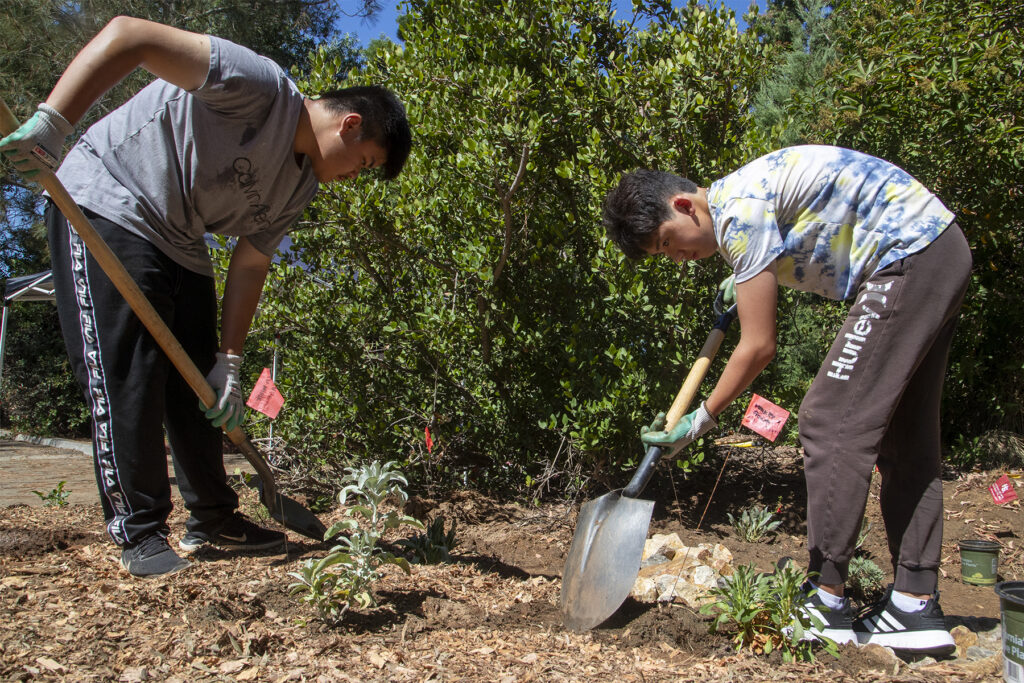
Nurturing Connections
The Corps program has also helped us deepen our connection with another critically important local partner: San Diego Unified School District (SDUSD). SDUSD is one of the largest school districts in the nation, supporting more than 100,000 students on more than 200 K-12 campuses. We have thoroughly enjoyed working alongside SDUSD students, teachers, staff, and administration to make the program as engaging and effective as possible, and to promote the incorporation of native landscape design practices on a wider scale. For example, when the program began last year, there were only four native plant species approved for use on SDUSD campuses. Through thoughtful collaboration among students, teachers, staff (both SDZWA and SDUSD), and administration, there are now nearly 30 native plant species approved for use on SDUSD campuses.
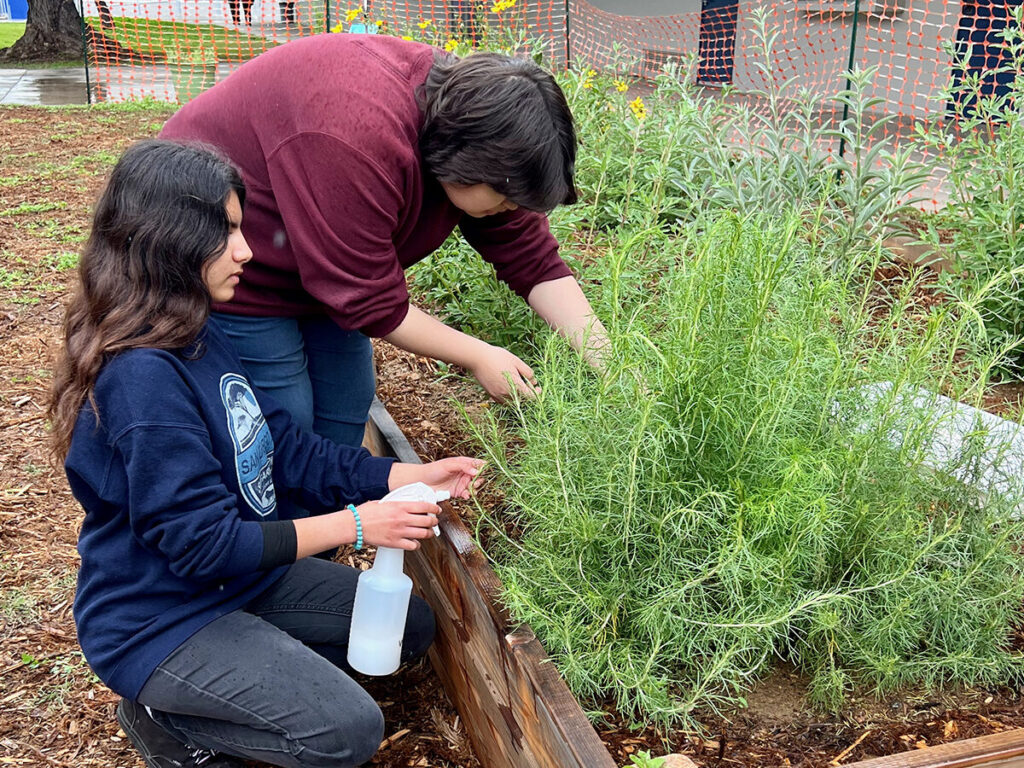
The program has also helped foster key relationships within each campus community. Corps members have worked closely with the garden clubs on each campus to enhance pre-existing natural spaces by incorporating native species whenever possible, including into food crop gardens. Corps members have also enjoyed myriad opportunities to demonstrate their leadership skills as they guide classmates through the garden implementation and maintenance process, and also share the results of their work with San Diego Zoo Wildlife Alliance researchers and scientists during an annual Student Summit at the Beckman Center for Conservation Research.
Incorporating robust native gardens on multiple campuses across San Diego helps create vital habitat corridors, providing pollinators and other wildlife with access to critical resources in highly urbanized areas. The program gives Corps members an opportunity to plant the seeds for future students to nurture on their school campuses while also building knowledge and appreciation for the many threatened and endangered native species that share our region. This exciting new program demonstrates the exceptional capacity of local students to drive conservation action for the biodiversity in our own backyard. With more than 40 school districts and nearly half a million students across San Diego County, this budding program has endless growth potential.


